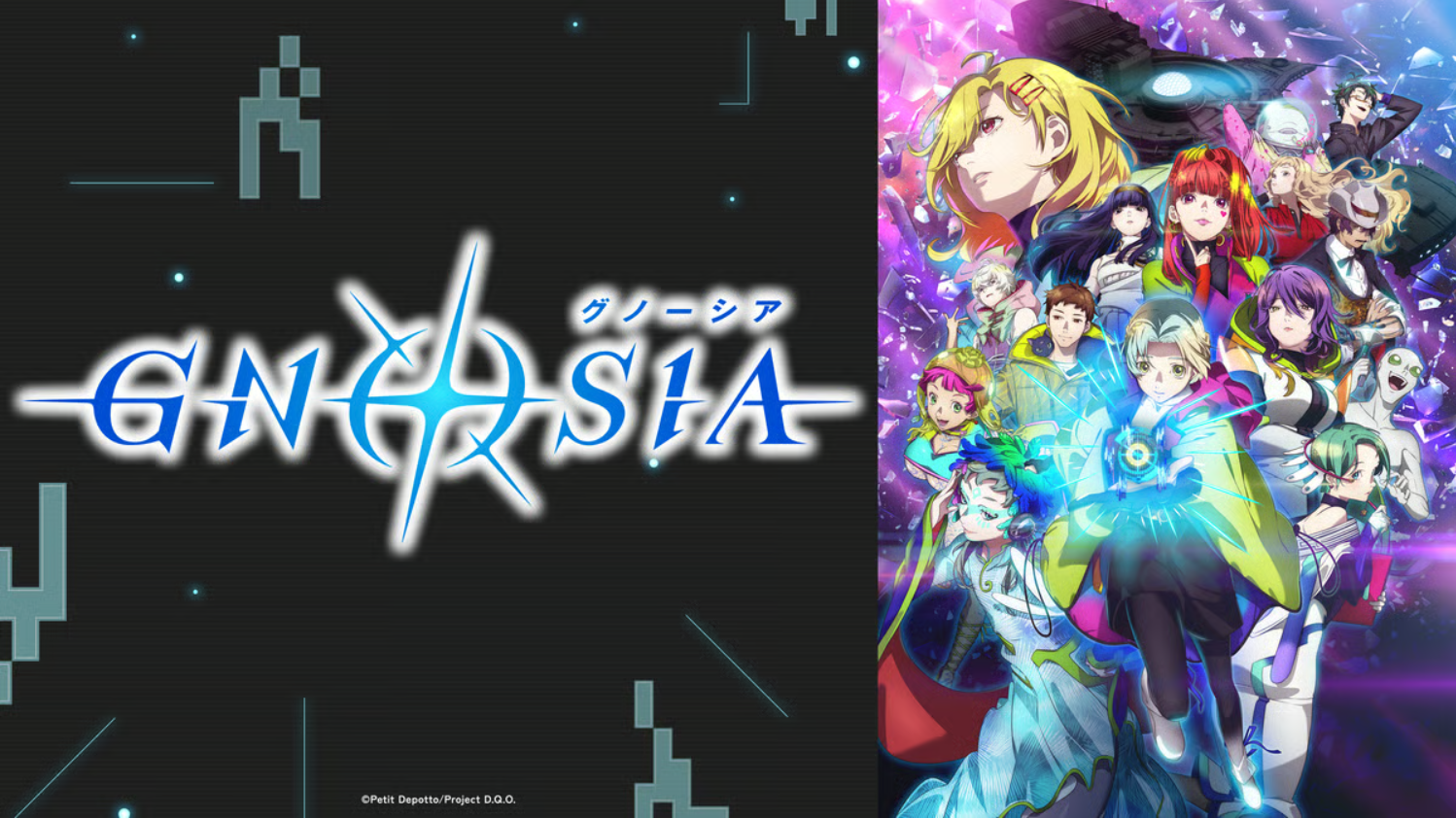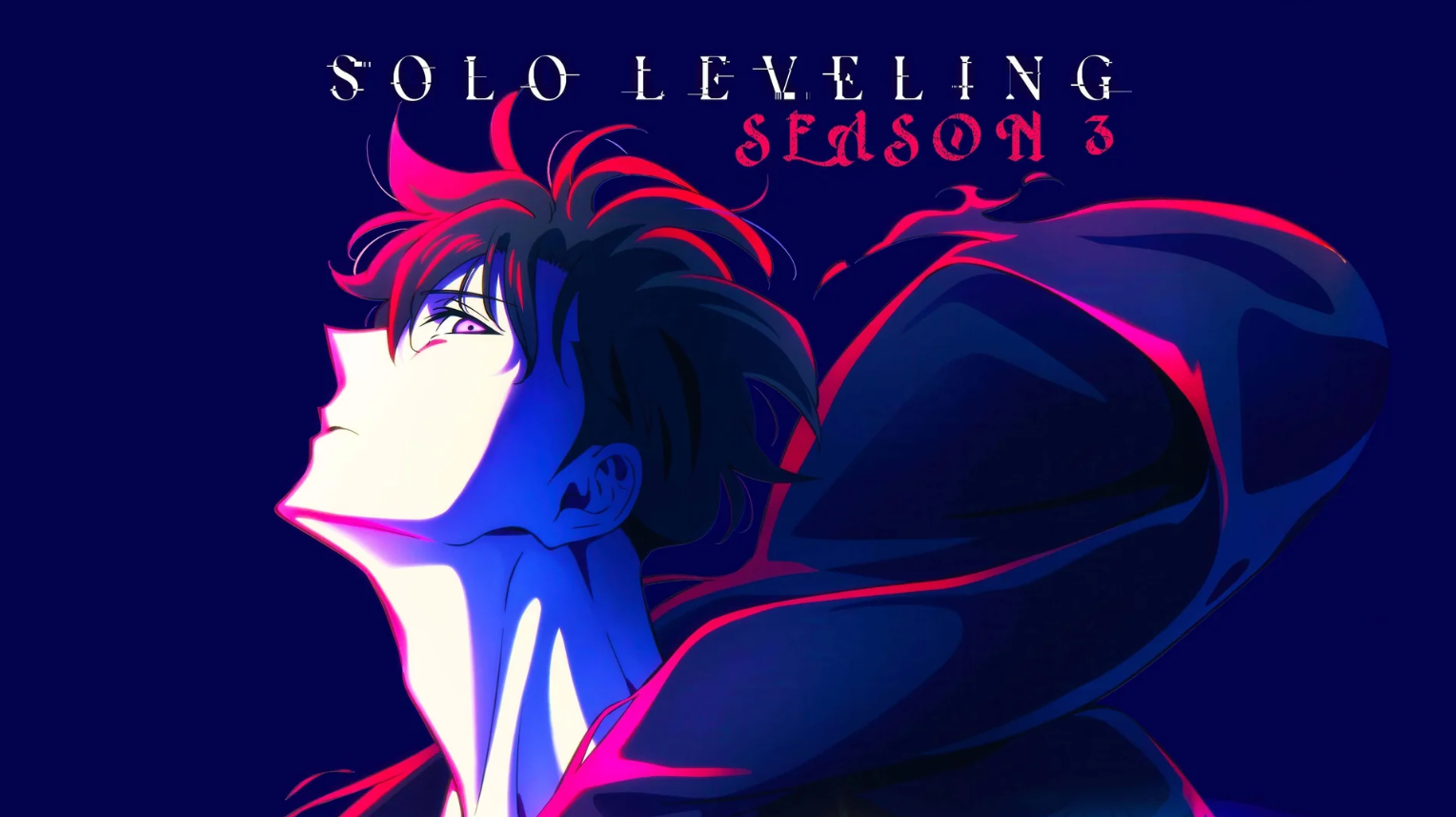In a troubling development for fans and creators alike, Grand Blue Season 2 has fallen victim to a massive leak. While only the first episode was officially released to the public, all twelve episodes of the new season have surfaced on unauthorized torrent websites. These leaked episodes appear to be in their final version, complete with finished animation and full audio, making this one of the most damaging anime leaks in recent years.

According to reports, one of the torrents included a link referencing a Japanese streaming platform, happydouga.jp. However, there is no official confirmation that the site is involved, and the connection may be entirely fabricated by the uploader to mislead users. As of now, the true source of the leak remains unknown, though speculation continues to grow within the fanbase and industry circles.
This incident follows a string of similar leaks that have shaken the anime industry over the past year. In 2024, Netflix suffered an early breach of several titles, including the much anticipated DAN DA DAN, a remake of Ranma ½ by MAPPA, and the Mononoke: Karakasa movie. The company later confirmed that a production partner was responsible, and urgent takedowns were issued. Crunchyroll, too, experienced a similar situation during the Puerto Rico Comic Con, where early screenings led to leaks of KonoSuba Season 3 and Sound! Euphonium Season 3.
The Grand Blue leak shares many of the same warning signs as these past incidents. A complete season being released ahead of schedule indicates a serious breach of digital security protocols. This trend is beginning to expose wider vulnerabilities in how anime content is shared, reviewed, and stored before release.
Japanese companies have not taken these breaches lightly. Kodansha, the original publisher of the Grand Blue manga and a member of the anime’s production committee, was involved in a lawsuit against Cloudflare in 2022 for allegedly facilitating access to pirated anime. Additionally, the Japanese government has been proactively working to reduce piracy, including allocating funding for AI powered detection systems that can scan the internet for unauthorized uploads in real time.
Large studios like Toho and Aniplex have also experimented with watermarking and digital fingerprinting techniques. These measures include adding subtle false credits or unique marks in preview builds, which can be used to track how and where a leak originated. In some cases, these clues have been used to obtain court subpoenas from platforms like X, formerly known as Twitter, to uncover the identities of those leaking confidential content.

This latest leak puts additional pressure on the industry to tighten its security measures even further. As more and more high profile releases fall prey to piracy, it becomes increasingly difficult for creators to protect their intellectual property. The scale of the Grand Blue breach reinforces why digital safeguards must evolve in tandem with global demand for anime content.
Despite the leak, Grand Blue Season 2 continues its official weekly run on Crunchyroll. Fans are strongly encouraged to support the series by streaming through authorized platforms. Watching leaked content not only harms the hardworking teams behind the anime but also damages the ecosystem that makes such shows possible.
Follow Anime Insider on Instagram and Facebook for more updates on anime premieres, industry news, and the latest streaming releases.















